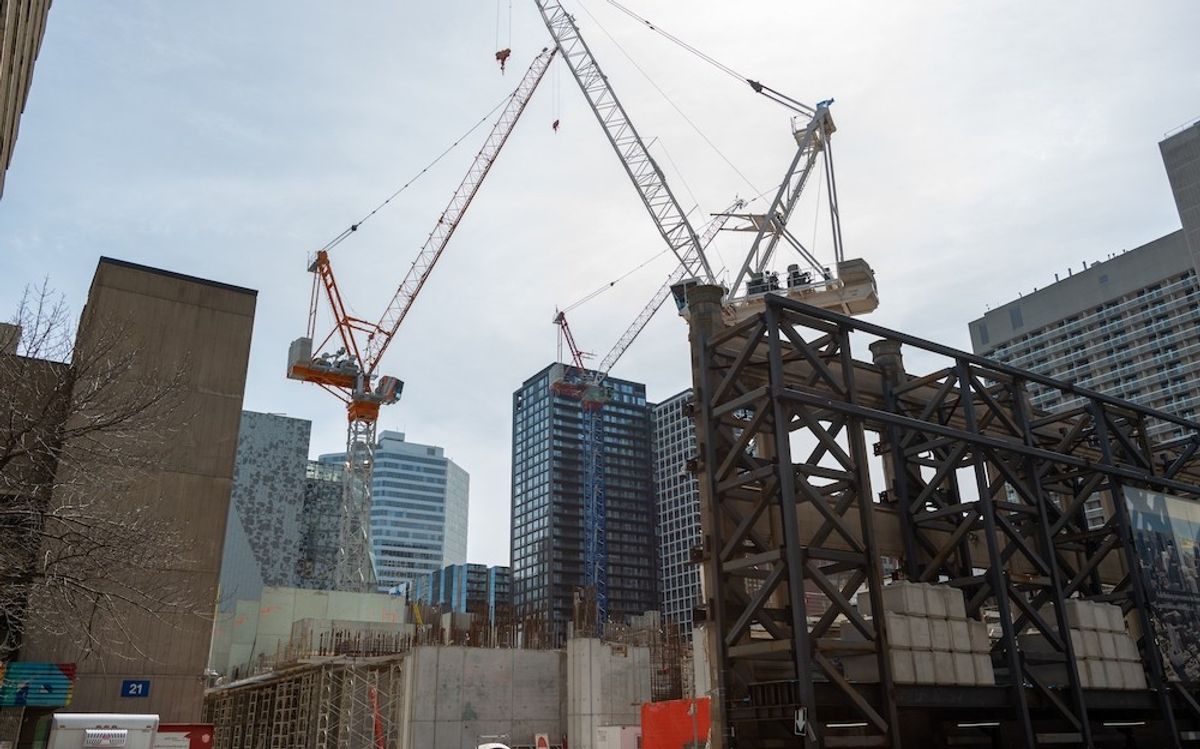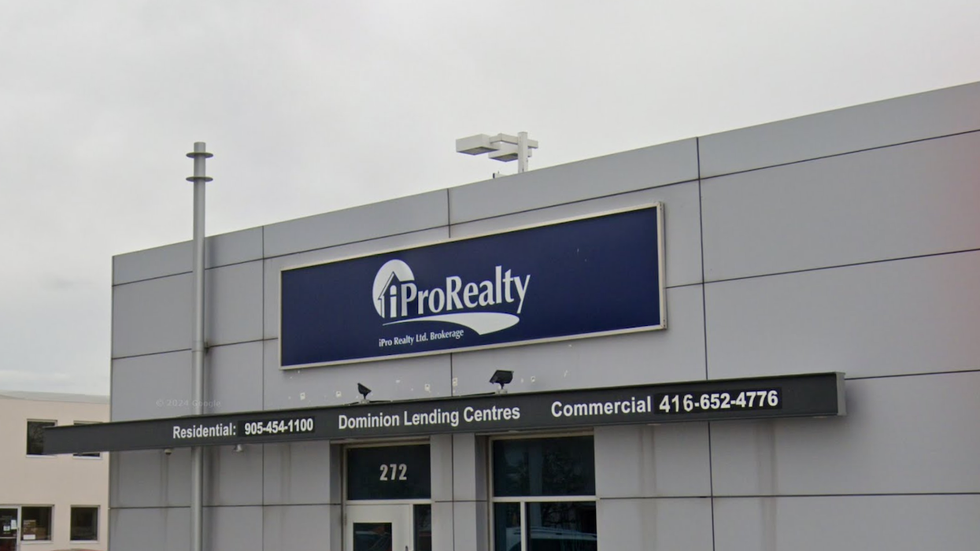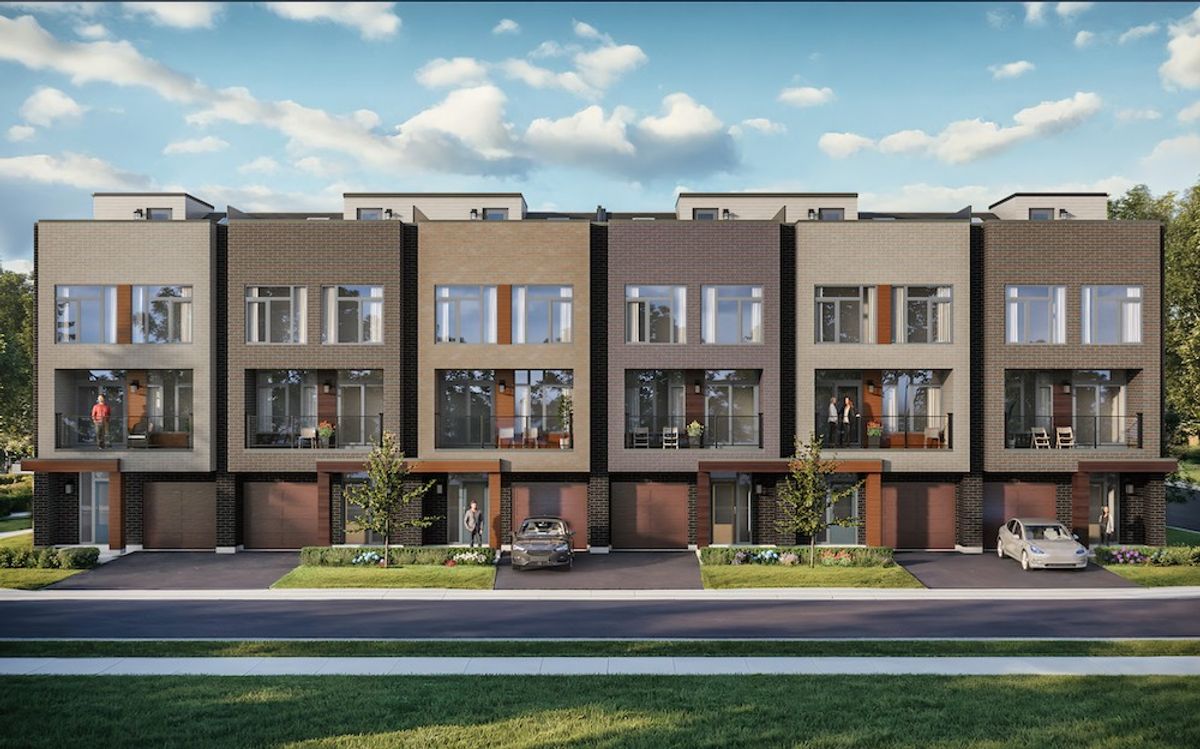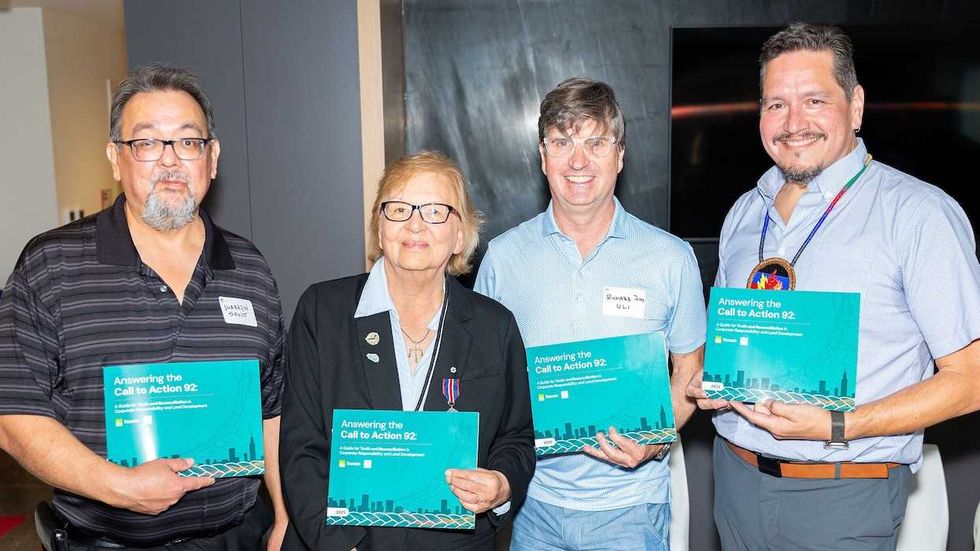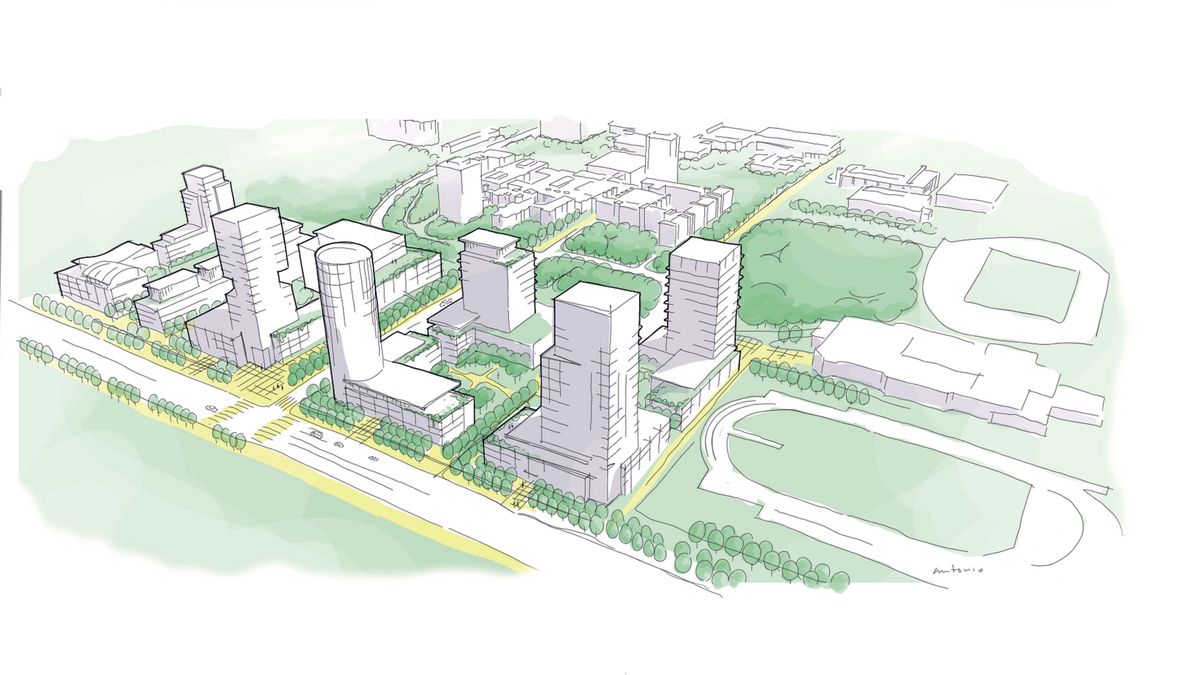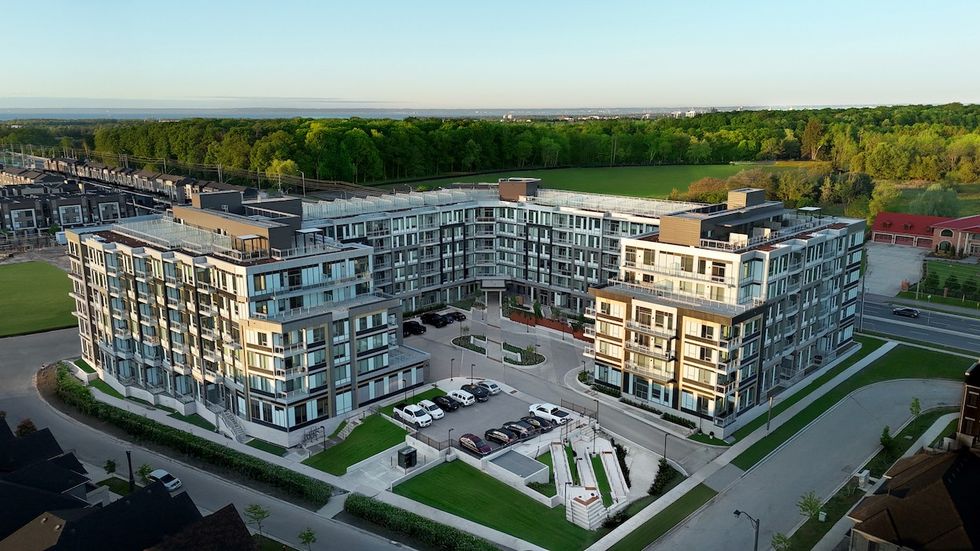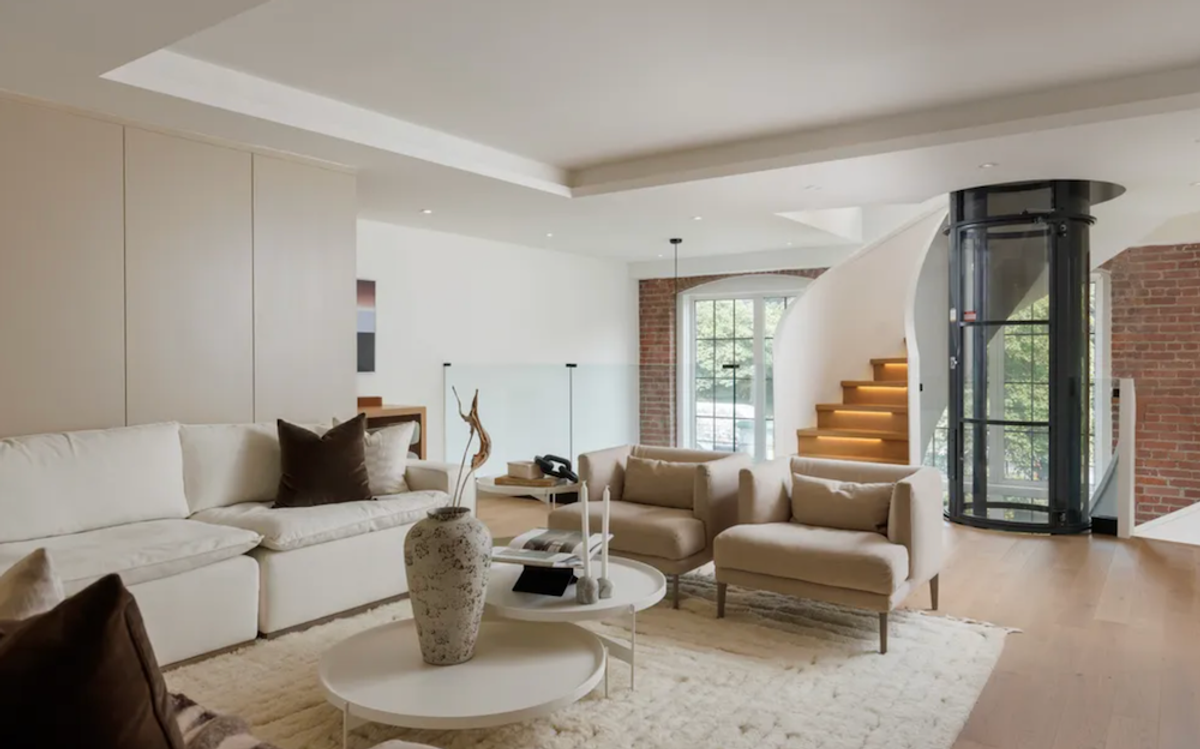As we review the first quarter of 2025, I find myself at a loss for words over how bad Canada’s new home market has gotten.
In this month's article, I thought I would share a few data points to confirm this reality, and then spend some time unpacking what’s next. As we are now going into our fourth year (and, arguably, our worst year yet) of this downturn, I believe there are major forces at play which are entrenching things, and which will require structural changes to overcome. This means any near- or far-term turnaround will look much different than the times we knew before. (Read: things aren’t going back to some ambiguous “normal”.)
Let’s start with the bad news. Q1 2025 has been the worst quarter I’ve seen, by almost all metrics, in my 20+ years in this business. Launches are down, and sales are the worst I’ve ever seen at just one third of what they were last year — which was already only one third of the peak. This means current sales are only 14% of the peak! Sit with that for a second.
With borderline-zero confidence in the market, almost every new project has been relegated to “on hold” status.
Despite our politicians' most convincing housing lies, I would suggest that some ~1,000 new multi-family homes were sold — in all major markets across the country — in the first three months of 2025, with around the same number being launched.
This would explain the unprecedented number of insolvencies in the industry, as everyone from developers to realtors to vendors have found themselves at the end of their runway, with no bailout or turnaround in sight.
My news feed has switched from condo to rental development, as industry clamors for any built form that will pencil; any way to keep the lights on. But alas, rental isn’t really working right now either.
Looking around, the (very) small number of rental units completing are too expensive, requiring promos through their lease ups — “free” this-and-that — to hit the inflated rent rolls they were all financed against. What pencilled at $4psf can rent for $3.75psf, which translates to a very meaningful $250 per month for a renter in a 1,000 sq. ft condo. What happens when the thousands of rental units currently under construction hit the market to the same response?
With almost no new housing coming for sale, plus more rental being built, and more owner occupied homes being bought up by institutions, ownership rates are falling rapidly too.
So, if rentals are completing and sitting vacant and ownership rates are falling, it’s no wonder more and more young people are staying in their parent’s homes, while “tent cities” and homelessness have visibly skyrocketed in every Canadian city.
We clearly need more housing. But if no one is building or buying anything to own, and rental homes are also not financially viable — for the developer or the future resident — then what does this mean for the future of the new home development industry?
This is the question we are asking ourselves and our customers. The financing model is broken. Construction costs are broken. Development tax structures are broken. Home buyer economics are also broken. After four years of struggle, and with all of the structures that fueled the new home and presale businesses over the last 20 years now cracked apart, what will the new “normal” be?
If we look to some of the clues, here’s what we find:
Government incentives are almost exclusively around government-built or backed housing, and are almost exclusively rental. This, combined with the declining home ownership rates, might suggest that new home condo is over, and the future is in rental.
But as stated above, with the current economics of rental, most developers will tell you that this isn’t working either — and the (very) little government-built housing might suggest the same. The only group it appears to be working for are the Indigenous bands. Why? They have free land and government incentives, but not the associated taxes and bureaucracy that paralyze projects and proformas for years.
So, Crystal Ball Prediction #1 is that more new housing will be built, leased, and sold on Native lands as we move forward.
Given government interventions that we believed would be the answer have fallen well short, the other driving force will be innovation. But where will it come from?
With consideration of how innovation has saved other broken systems, here are 10 ways innovation could come through in housing:
- Redesigning the core value proposition: What is a home? Is it something to simply own or rent, where you have primary control of the residence, or is there opportunity for co-ownership (which is already happening), or subscription-based scenarios, where the idea of where someone sleeps, eats, and keeps their stuff is divided into different models? For example, maybe you pay to sleep in one place, and pay a different fee for your stuff to be elsewhere, while you cook and eat somewhere else still?
- New transparency models: Is there a way to expose inefficiency and corruption in the building system, which could streamline the process to a point of viability? Think blockchain, crowdfunding, and the like. These can remove the layers upon layers of added process and cost through transparency, from construction processes to taxation, financing, brokering services, titles, and registrations. Imagine: a smart contract that tracked and capped taxes applied from marketing through to handover.
- Alternative infrastructures: For financing, building, leasing/selling, etc.
- Leveraging underused resources: Think about the number of empty spaces — or the stagnant capital — that might be leveraged if innovation could unlock it, such as the way shared workspaces did for empty offices, and Airbnb did for empty rooms.
- New business models: Co-ops have existed forever, but perhaps there are new subscription, leasing, barter, or other models waiting to be unlocked. In many resort towns, housing is a perk of employment rather than something to be owned or rented, where existing long-term tenancy legislation doesn’t really apply. What other models might there be?
- Flexibility and speed to market: There has already been much advancement in modular systems, 3D printing, direct-to-market, and rapid prototyping; these will only continue to evolve.
- People vs. process empowerment: Think about innovations that could put the power back into residents’ hands. Imagine: civilian development, self-service processes, or condo boxes that are fit out by homeowners served by IKEA-like retailers.
- New collaborations: Just as Indigenous collaborations have proven viable, and some developers have unlocked the land potential in underused shopping malls and churches, where else might new relationships create opportunity?
- Policy and regulation: This one goes without saying, although, so far, the appetite has been adverse to change. For starters, the entire DCC model has to be exploded. We can go from there.
- Radical simplicity: New home housing is way too complicated, and simplification from regulations to processes could be transformational.
As a technology-first real estate company, we have been working on a few innovations ourselves. Here are four examples:
- Innovation through workflow automation: From our beginning, digitizing contracts to save paper, we’ve continued to digitize everything — from inventory through to purchase requests, realtor and purchaser allocations, and reservations. With AVESDO, a purchaser could go from lead to close, entirely digitally. The implications to workflow and data collection saves huge amounts of admin and time inefficiency, whilst reducing risk of human error.
- Innovation through payments: Deposit payments are a huge piece of the presale puzzle, typically representing 20% of the purchase price, and are what binds the purchaser, underwrites construction loans, and builds new buildings. Last year, we leveraged digital payment rails and automated systems to automate and digitize the communication and collection of deposits. The net result is even more admin and time efficiency, while allowing developers to reconcile their deposits, unlocking construction draws as much as a month earlier than manual processes.
- Innovation through transparency: Recently, we launched a new realtor portal product. Portals are not new, but major issues included static information that was quickly outdated, and lack of inventory transparency. We solved both. Developers can now automate updates and control price and availability transparency, whilst providing real-time, accurate information to realtors who need to know what they are selling (in order to know if they have a buyer).
- Innovation in pricing: Almost four years ago, we changed the PropTech landscape by switching our pricing structure from a SAS monthly subscription to a model more closely aligned with how homes are sold. It was a huge success, proving to be a better fit for developers looking to buy software while allowing them to recoup part — or all — of their costs in the process.
There is no question the new home development market has all but stopped, and any “comeback” will only be possible through large, wholesale, structural changes. A quick read of current media and social feeds reveals that today, the desperation is real. But at AVESDO, we see opportunity: for reinvention, to fix longstanding problems, and to innovate our way out of this housing crisis. And this will be necessary as, clearly, a government-backed return has failed, and is unlikely to provide the answers we need.
If you are a developer or sales firm keen on finding new solutions to built-up problems, we’d love to connect. Contact us to speak to one of our sales advisors about how AVESDO might facilitate your ideas digitally or partner with you on the way forward.
This article is authored by Ben Smith, President of AVESDO: a Canadian software company harnessing the power of data to help real estate professionals make better, faster, and more informed sales decisions.
______________________________________________________________________________________________________________________________
This article was produced in partnership with STOREYS Custom Studio.


